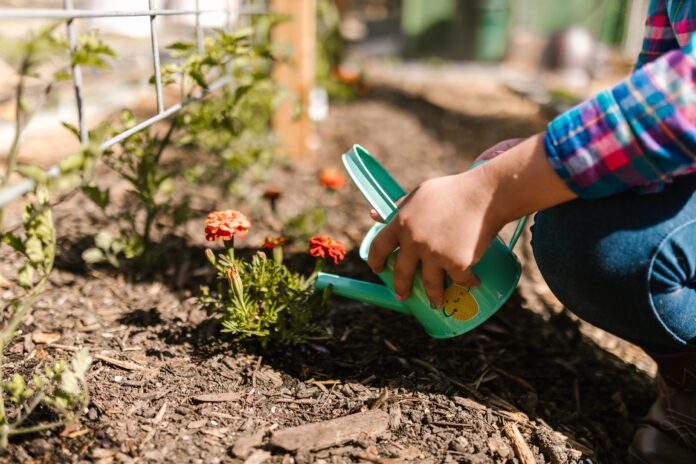This Article will give you all the essentials you should know about Home Gardening as Spring is near. If you thinking about stimulating your creativity in your backyard then you are landed at the right place. Below Home gardening tips will help you grow a beautiful and bountiful garden, no matter the size of your space or level of experience. So stay tuned till the end.
Table of Contents
Plants to grow in Spring
There are many plants that you can grow in the spring, depending on your location and climate. First will talk about plants which you can grow at your home garden:

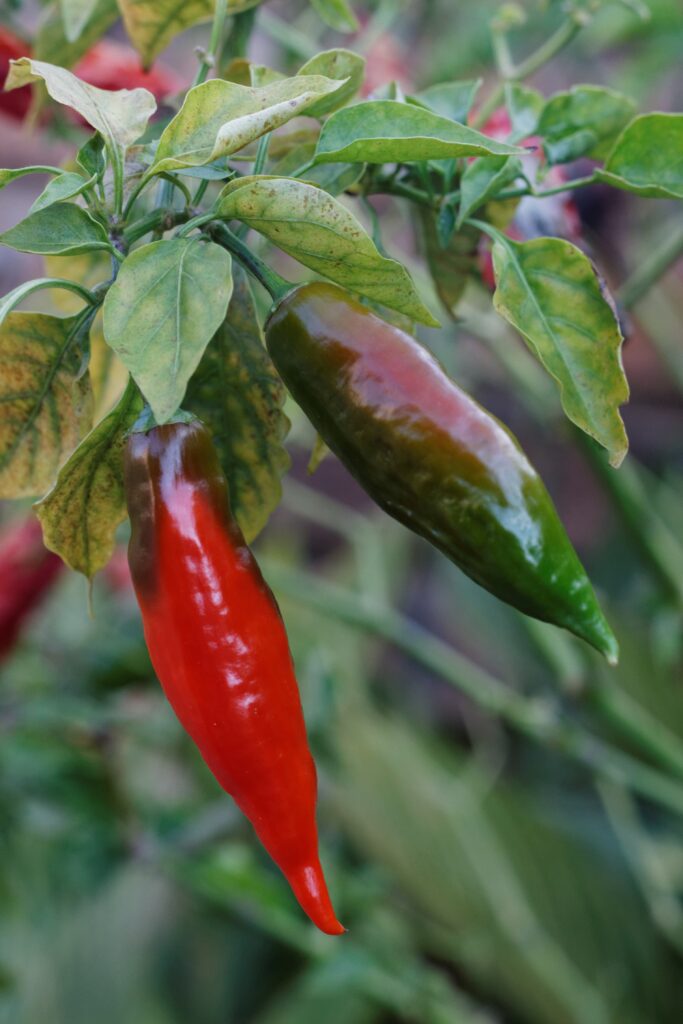
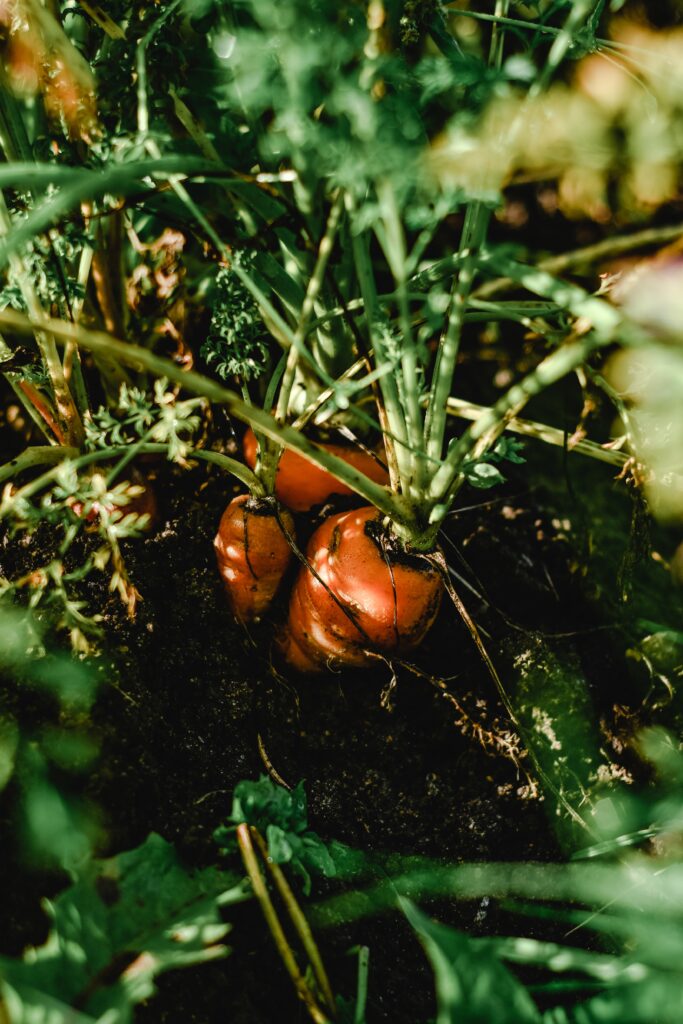

- Tomatoes: Tomatoes are a classic warm-weather crop that can be grown in the spring. They do well in sunny locations with well-drained soil.
- Peppers: Peppers are another warm-weather crop that can be planted in the spring. They require similar growing conditions to tomatoes.
- Cucumbers: Cucumbers are a great option for spring planting. They thrive in warm soil and full sun.
- Lettuce: Lettuce is a cool-weather crop that can be planted in early spring. It prefers cooler temperatures and partial shade.
- Spinach: Spinach is another cool-weather crop that can be planted in the spring. It prefers partial shade and well-drained soil.
- Radishes: Radishes are a quick-growing crop that can be planted in early spring. They prefer cooler temperatures and well-drained soil.
- Carrots: Carrots are a root crop that can be planted in the spring. They prefer loose, well-drained soil.
- Herbs: Many herbs can be grown in the spring, including basil, chives, parsley, and cilantro. They do well in well-drained soil and full sun.
- Strawberries: Strawberries are a popular fruit crop that can be planted in the spring. They prefer full sun and well-drained soil.
- Annual flowers: Many annual flowers can be planted in the spring, including marigolds, petunias and impatiens. They prefer full sun or partial shade, depending on the species
Popular Plants in Different Regions
For Home Gardening ,now let’s consider the main factor “Climate”. The United States is a large country with diverse climates so the best plants to grow in the spring season will depend on your specific location. Here are some general recommendations for popular plants that can be grown in the spring in different regions of the US:
- Northeast: Lettuce, spinach, peas, kale, and beets are great cool-season crops that can be planted in the northeast in early spring. As the weather warms up, consider planting tomatoes, peppers and herbs like basil and parsley.
- Southeast: In the southeast, warm-season crops like tomatoes, peppers and eggplant can be planted in the spring. Okra, beans and cucumbers also do well in this region.
- Midwest: In the midwest, cool-season crops like lettuce, spinach, and radishes can be planted in early spring. As the weather warms up, consider planting tomatoes, peppers and herbs like rosemary and thyme.
- Southwest: The southwest can have hot and dry conditions, so consider planting drought-tolerant plants like cacti, succulents and desert wildflowers. Tomatoes, peppers, and beans can also be grown in the spring with proper irrigation.
- West Coast: The west coast has a mild climate that is ideal for many plants. Cool-season crops like lettuce, spinach and broccoli can be planted in early spring. Warm-season crops like tomatoes, peppers, and cucumbers can be planted later in the season.


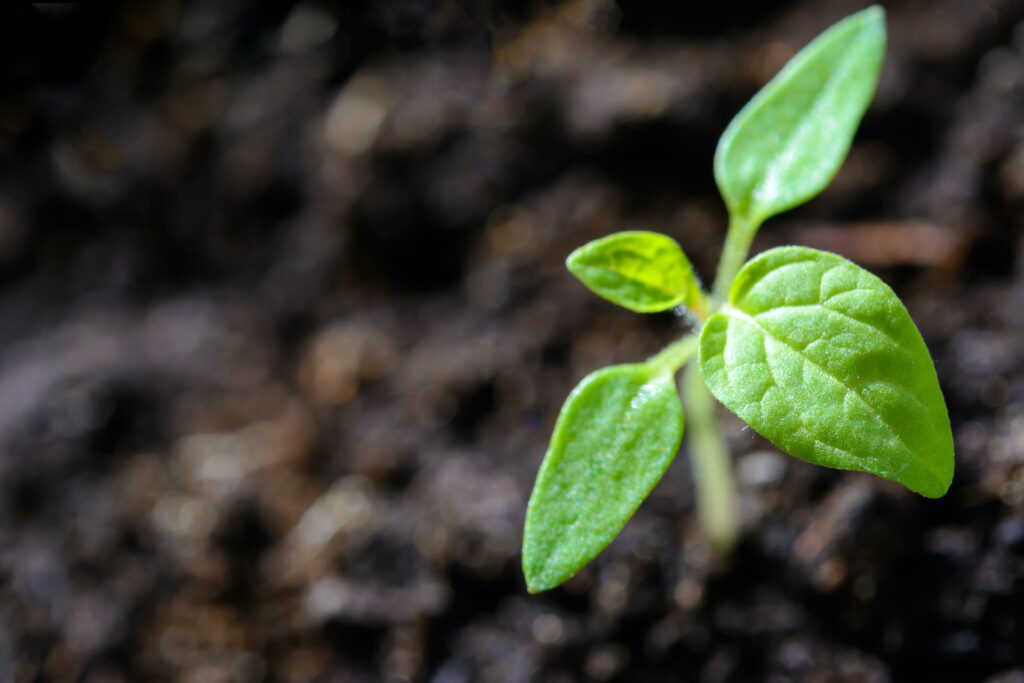
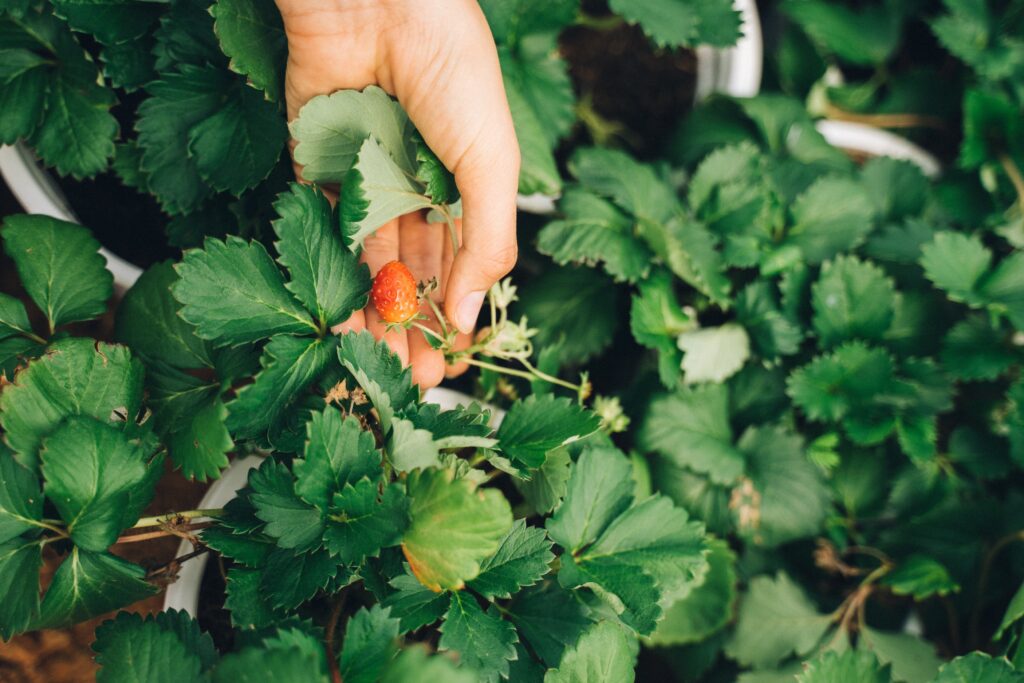
Best Practices for Home Gardening
It’s time to get your hands dirty. We are going to provide you best practices that gardeners can follow to ensure successful plant growth meaning peaceful life at home, isn’t it. Though you have heard it already but we are providing sequential steps you need to follow:
- Know your climate: Due to varied climate it’s important to know what kind of weather you can expect in your area. This will help you choose plants that are well-suited to your specific climate and growing conditions.
- Choose the right plants according to you preference and options that we have suggested according to spring season.
- Prepare the soil: Before planting, prepare your soil by removing weeds and adding compost or other organic matter to improve soil health and fertility.
- Water properly: In the spring, it’s important to water your plants regularly to ensure they have enough moisture to grow. Water deeply but infrequently to encourage deep root growth.
- Mulch: Mulching around your plants can help retain moisture in the soil, suppress weeds and regulate soil temperature.
- Monitor for pests and diseases: Keep an eye out for signs of pests and diseases and take action quickly if you notice any issues. Regularly inspecting your plants can help prevent problems from getting out of hand.
- Rotate crops: To prevent soil-borne diseases and pests, rotate your crops each season. This means planting different crops in different areas of your garden each year.


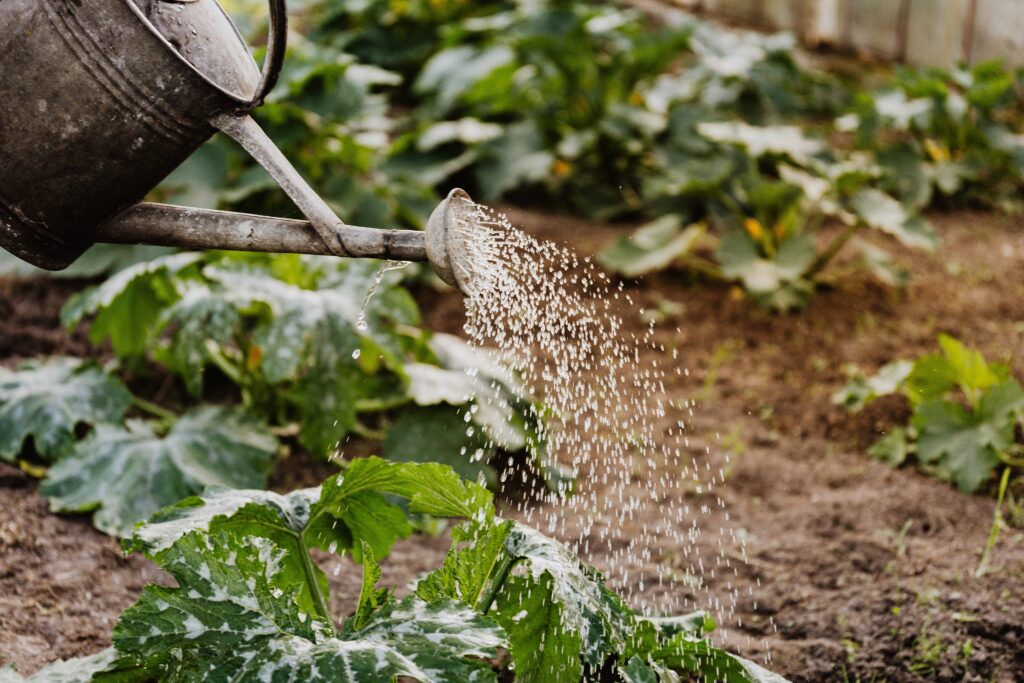



Essential Tools that you may require for Home Gardening
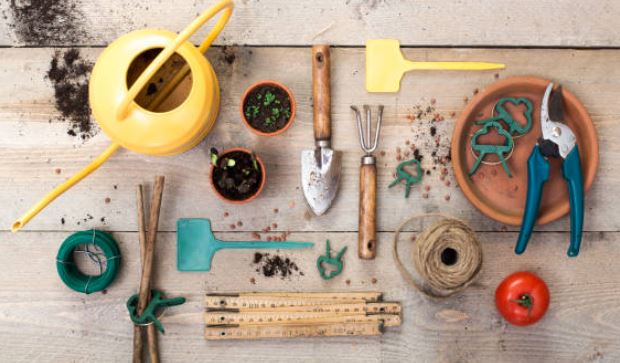
- Hand Trowel: A hand trowel is a small shovel-like tool that is used for digging small holes for planting, removing weeds, and mixing soil.
- Pruning Shears: Pruning shears are used for trimming and cutting small branches, flowers, and herbs.
- Garden Fork: A garden fork is used for turning and aerating soil, breaking up clumps, and removing debris.
- Garden Hose: A garden hose is essential for watering your plants and keeping your garden hydrated.
- Garden Gloves: Garden gloves are necessary for protecting your hands from thorns, prickly plants, and other hazards in the garden.
- Rake: A rake is used for levelling soil, spreading mulch, and removing debris from your garden beds.
- Wheelbarrow: A wheelbarrow is used for carrying soil, plants, and other heavy items around the garden.
- Shovel: A shovel is used for digging larger holes, moving soil and other materials, and planting trees or shrubs.
By having these tools on hand, you’ll be well-equipped to tackle most tasks in your home gardening.
FAQ:
Featured Post:

